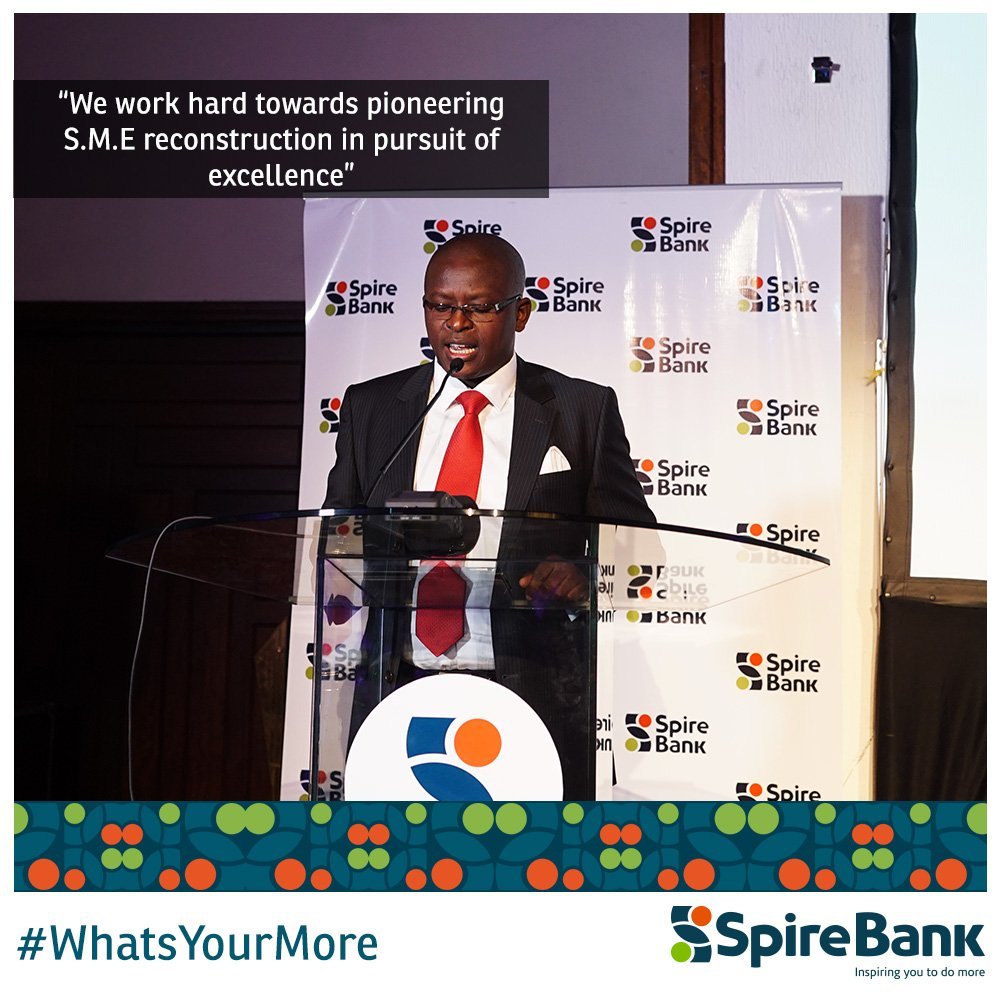The Village Banker
| This is a guest post by Rebecca Wanjiku, a leading tech journalist, blogger and a burgeoning finance person. Read her insightful blog here, and follow her on Twitter. Wanjiku blogs about her conversation with The Village Banker. Enjoy! If you want to guest post on this blog, check out the guidelines here. |
When you think of a Shylock, who comes to mind? The person who lends you money against household items or fixed assets? Someone who will bail you out when the bank will not lend you? The person who will menacingly demand his money if you fail to repay, or worse still send thugs after you?
Well, depending on what city or urban area you come from, that maybe the case. All of the above describe the idea I had about who a Shylock is, and the factors that have made me steer clear of them. They were not too far fetched, Dictionary.com defines a Shylock as: “A ruthless moneylender; a loan shark, who lends money at exorbitant interest rates”.
However, over the Easter weekend, I got to sit with my role model, a woman I have great respect and admiration for. What she told me, shocked and made me looked at the Shylock system (at least in the village) in a different light!
Many people perceive villagers to be poor and unable to meet lending requirements; either because our lending practices are based on collateral (assets you borrow against) and the land they own may be ancestral or because they may default on payment and there is nothing a financial institution can do. What we forget is the fact that most economic models start off in the village. M Pesa started by villagers sending each other airtime in lieu of money, as a means of payment, the micro finance model that most banks are clamoring for now originated from village chamas (Swahili for Investment Club), where ladies contributed money and lent each other, not to mention the kadogo (Swahili for “little” )economy that is the reason we now have mobile phone airtime units as low as Kshs 20.
Can a village heroine redefine Shylock lending?
My heroine lends money to villagers for business or whatever needs they might have at 10% per week. Well, the language is different, “for every Kshs 1,000 you borrow, you return with Kshs 100 as interest”. The most shocking thing is that the borrowers actually pay back!
As we chatted, my fascination with the system grew. She identified a gap; when women go for the monthly investment meetings and need more money, they have to pay up existing loans, which happens even in banks. The women needed cash to be able to pay the existing loans, and she provided them with this, then when borrowing, they would borrow sufficient amounts to pay her back her principal, the interest (10%), and for their other needs. They would then repay the chama loan on a weekly basis, till the next meeting when they would once more borrow to clear any outstanding balance.
What if they couldn’t afford to repay the Shylock the full amount?
In this case, they were allowed to continue paying the interest, and eventually settling the principal when they’re at a position to.
Do people default?
Because she lends to people she knows and those vouched for by others, default rates are low. There are about five Shylocks in the village and they share information. So if a person defaults in one, they can’t get money from the next (We’re still waiting for a formal credit reference bureau, the village is way ahead of us). Who said people can’t collaborate even if they are competing?
What are the challenges?
Like any other bank, it’s important that the Village Banker have sufficient capital to service her clients, even when money lent out doesn’t all come back. For instance, if you give out Kshs 50,000 this week and your clients opt to give you interest instead of paying back, you are unable to give out this week and your clients may run away 🙂
It’s important to note that the amounts borrowed are relatively low, Kshs 1,000, 2,000 etc, and the busiest months are = January, May and September because of school fees payments.
Next time you’re tempted to think village folk aren’t banked and don’t understand economics, remember The Village Banker!




